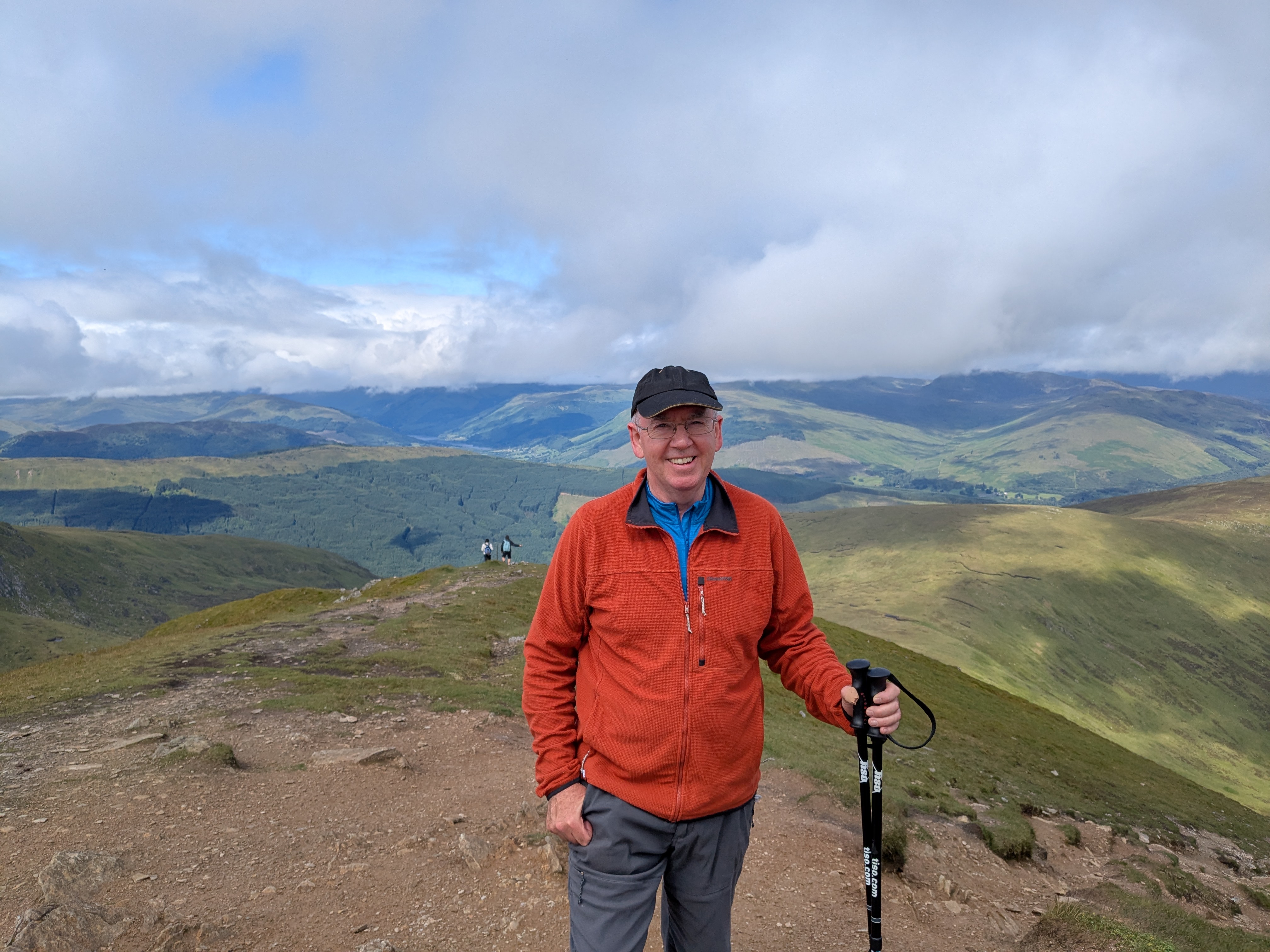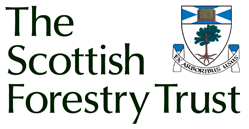September 2025. Ralland Browne FICFor

What is the 'day job?'
As well as being the Vice Chairman at The Scottish Forestry Trust, I am a Trustee of Perth and Kinross Countryside Trust and a member of the Royal Scottish Forestry Society's Central Region Committee.
What do you do outside of the Trust?
My role at Perth and Kinross Countryside Trust involves the usual series of board meetings, but also affords me the opportunity to check out some of the work on the ground, looking at new access ways and improvements around the county.
I also assist a couple of estate boards with their operational overview and cycle and hill walk when I can.
How long have you been involved with The Scottish Forestry Trust?
I joined The Scottish Forestry Trust as a Trustee nine years ago.
Why did you become a Trustee?
The work of the Trust touches many aspects of the forest industry and I was keen to contribute, particularly where the projects being discussed related closely to day-to-day forest practice and wood supply chain issues. Once I settled into being a board member, it was abundantly clear that the quality of proposals being put to the Trust is of a very high standard. Our Projects and Research Committee performs an excellent job of carrying out the selection process that allows us to support projects which best achieve our overall objectives.
How do you view the role of a board member? What motivates you?
The role of the board member is quite broad and is essentially built around supporting the sustainability of the Trust going forward. A very important aspect in my view, is to support and guide the executive director in their day-to-day endeavours. I think feedback from the Trustees in that respect is very important, in order to build the momentum of the Trust. Having been involved for almost 10 years, I have seen the Trust go from strength to strength in all respects, so the motivation is to contribute towards that and keep it going.
What do you bring to the Trust?
I have been fortunate enough to work in many aspects of the UK forest industry for 40 years. That experience allows one to take a broad view of the various research applications which have been assessed by our Projects and Research Committee and either support or question the proposal.
The Trust decisions are arrived at by a distillation of a wide range of experience, and it is good to be part of that team approach.
What do you gain from involvement with the Trust?
In any given role, one may play, it is all too easy to become very focused and perhaps a bit parochial. Being involved in the Trust is a great place to share opinions from a very broad range of knowledge and experience, which may be quite different to your own. That collaborative approach is useful for all concerned and helps to achieve the best outcomes.
In your opinion, what are the most important challenges and opportunities facing the Trust?
The trust is ultimately a charity, and like all charities, it has to husband its resources carefully and try to be as effective as possible within those constraints. To that end, the most basic challenge will be to try to continue to broaden our funding base to retain our financial efficacy against inflationary pressures and potentially rising demand. The opportunity, which is the other side of that coin, will be to become more and more relevant in the sector and continue to build up a portfolio of successful and meaningful projects in which we have played our part.
Looking ahead, what are you most excited about over the next 12 months?
I look forward to seeing the Trust's positive influence in the industry continuing to grow. I believe our completely independent position makes the Trust a useful conduit and catalyst for well-designed projects that will make a difference to UK forestry and the jobs it supports.
